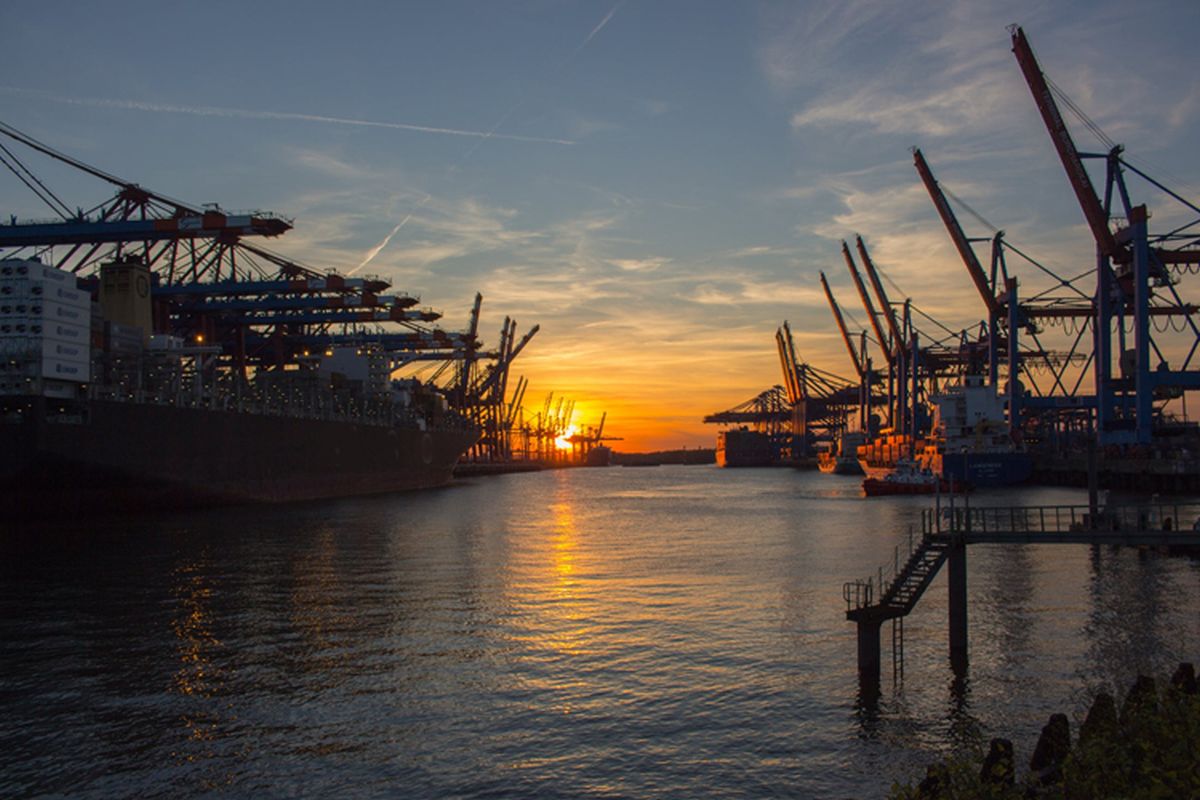
Malaysia’s economic growth prospects are now under threat from US tariffs and escalating trade tensions between the world’s largest economy and its trading partners.
While the 24% reciprocal tariff imposed on Malaysia is milder than the punishing 32%-49% levied on its neighbours in Southeast Asia, economists and strategists said the tariffs will nevertheless have major implications for the country’s exports.
“Should these measures become prolonged or permanent, they pose a potential downside risk to Malaysia’s GDP growth,” said Hong Leong Investment Bank said in a note to clients.
Overnight, US President Donald Trump announced in an executive order a 24% tariff on goods imported from Malaysia effective April 9 in a sweeping trade policy hitting all of its trading partners. The rate of tariffs range from 10% to 50%.
Bank Negara Malaysia most recently maintained its forecast for the economy to expand steadily between 4.5% and 5.5% for 2025 even as it flagged intensifying external headwinds with the international trade tensions.
Malaysia maintains a trade surplus with the US, primarily exporting electronics, palm oil and machinery. The US is Malaysia’s third-largest trading partner since 2015. Shipments to and from the US accounted for 11.3% of Malaysia's total trade, underscoring its importance.
“Implementation of tariffs will eventually result in higher operating cost and squeeze profit margins, eventually forcing businesses to pass on the cost to end consumers,” Apex Securities said. “Higher cost of goods and services will erode purchasing power and lead to weaker consumption.”
HSBC Global Research, however, noted there is still room for negotiations until the tariffs come into effect on April 9, highlighting the precedence set from the reprieve given to Mexico when trade negotiations took place.
"We will watch to see the outcome after Malaysia’s engagement efforts with the US. While semiconductors are exempted from today’s tariff announcements, uncertainty is set to persist. After all, Malaysia’s semiconductor exports to the US is the largest magnitude in Asean, accounting for around 4% of Malaysia’s GDP.
"Despite external risks, Malaysia is also seeing some pockets of resilience in its domestic growth pillars. Private consumption was holding up while the country is seeing an investment boom, partially offsetting some external risks," said HSBC's Asean economist Yun Liu.
Broadly, Asian economies will be hit harder than most by the reciprocal tariffs. Cambodia and Vietnam, where most Chinese firms have set up shop to skirt past tariff actions, will suffer a punishing 46%-49% tariffs for goods shipped into the US.
Beyond Southeast Asia, the US is also levying a tariff of 34% on China, 32% on Taiwan and 24% on Japan.
With economic activity set to be hit harder than anticipated, central banks in Asia may have to ease policy even more sharply than expected, said Capital Economics’ head of Asia-Pacific Marcel Thieliant. There’s now a risk that Malaysia and Taiwan may have to start easing policy soon, he said.
Source: The Edge Malaysia
Share: